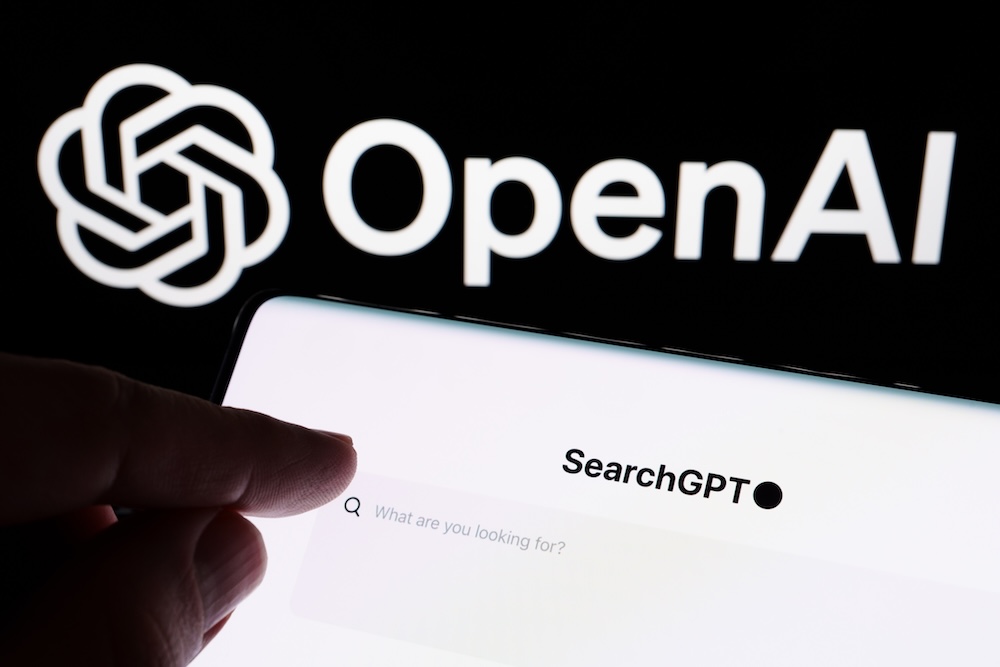OpenAI’s next product reveal is widely expected to be an AI-powered web browser, a move that would pitch the ChatGPT creator directly against Google Chrome, Microsoft Edge, and a growing wave of specialist AI browsers.
Launch is tipped for the coming weeks, according to Reuters.
What we know about the rumored OpenAI browser
Sources told Reuters on 9 July 2025 that the new desktop browser will ship with a ChatGPT side panel, voice and image input, and plug-and-play “agent” integrations that can book travel, fill forms, and even execute simple code.
Google’s open-source engine, Chromium, will reportedly power the OpenAI browser.
The sources say that the interface feels closer to a messaging app than a traditional web browser.
The project is part of OpenAI’s strategy to “own the last mile” of user interaction. By controlling both the model and the browser shell, the company can gather richer feedback for model-training while sidestepping limitations imposed by third-party extensions.
Perplexity’s Comet sets the pace
On 9 July, Perplexity AI launched Comet, a Chromium-based browser that turns any page into “a portal of curiosity.” Users can highlight text to summon instant explanations, request counterpoints, or jump down topic rabbit holes without losing their spot.
Comet’s AI can also schedule meetings, draft emails, and purchase products on behalf of the user, practical demonstrations of what agentic browsing might look like once mainstream.
Perplexity positions Comet as a way to make its answer-engine the default gateway to information, rather than a stopgap extension layered on top of someone else’s browser.
Perplexity plans to bring Comet to iOS and Android later this summer, setting up a direct contest for mobile mindshare.
Browsers are becoming the new AI battleground
Google Chrome still holds roughly 65% of the desktop market, with that kind of reach, Google is already slipping its Gemini assistant into Chrome (initially for paid U.S. subscribers) letting users summarize pages or ask follow-up questions without leaving the tab. That head start puts real pressure on OpenAI to deliver its own browser quickly if it wants a serious shot at shaping how people experience AI on the open web.
And Google’s not the only one. Other traditional web browsers are tinkering with AI features too:
- Microsoft rolled out Copilot on its Edge browser, putting conversational search front and center.
- Brave bundles the privacy-preserving assistant Leo, which now auto-selects the best model for each query.
- Opera offers Aria on desktop and mobile, providing real-time answers and image generation from the sidebar.
- The Browser Company is rolling out Dia, an AI-first rethink of its Arc browser.
Market researchers estimate the AI-browser segment will grow at 32.8% CAGR through 2030 as vendors race to “embed intelligence where people already live.”
Why it matters
Shifting AI from cloud chatbots to the browser core changes incentives for both users and developers:
- First-party data loops. Browsers see everything you read and click, giving model owners gold-standard reinforcement signals.
- Agentic workflows. A browser that can press buttons and fill forms blurs the line between “search” and “do.”
- Platform power plays. If users rely on AI shortcuts, default search deals (currently worth billions in revenue) become less sticky, threatening Google’s economic engine.
The takeaway: browsers are quickly morphing from passive windows into proactive co-pilots. Whether users embrace that change, and which company captures the default slot, could very well shape the next decade of web experience.

